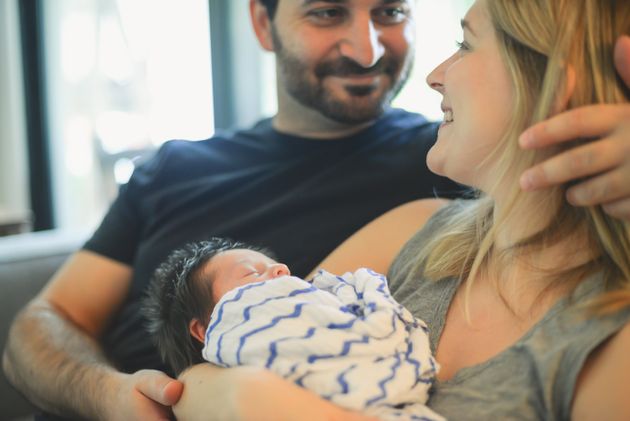Male infertility is the most common reason couples in the UK have IVF treatment, official UK data has revealed.
The most common reasons for IVF treatment after male infertility (37%) were ovulatory disorder (13%), blocked fallopian tubes (12%) and endometriosis (6%), although in 32% of cases the cause of infertility was unexplained.
The Human Fertilisation and Embryology Authority’s (HFEA) report for 2014-2016 revealed that 40 years after the first child was born following in vitro fertilisation, IVF treatment is at the strongest it has ever been in the UK. The report showed that in 2016, more than 68,000 IVF treatments were performed (an increase of 4% from 2015), with over 20,000 babies born. Current treatments are now 85% more likely to succeed than when records began in 1991, as the average birth rate per embryo transferred for women of all ages is 21%.
“Assisted reproduction has come a long way in the 40 years since British doctors pioneered IVF with the birth of Louise Brown,” said Sally Cheshire, chair of the HFEA. “With well over a million treatments performed in the UK since records began, and more than 300,000 babies born, as a country we remain at the forefront of fertility treatment.”

Age remains the single most important factor for successful outcomes from fertility treatment. The average birth rate for women of all ages is 21%, while women under 35 have a 29% chance of a successful birth.
In 2016, 42% of patients undergoing IVF treatment cycles were aged under 35. 23% were aged between 35-37, 14% aged 38-39, 14% 40-42, 4% 43-44 and 3% over 44 (1,812).
The HFEA noted several other trends in its latest report: Treatments involving donor eggs and sperm are becoming more popular. In 2016, 4,306 treatment cycles involved a patient using their own eggs and donor sperm, up 15% from 3,749 in 2015. There were also 3,000 IVF treatment cycles using donor eggs and partner sperm – a year-on-year rise of 6%.
The report also found that since 2014, the number of IVF treatments for patients with a female partner has increased by 30% and the number of IVF treatments for patients with no partner increased by 35%. IVF treatments for patients with a male partner increased by 6% over the same period.
Overall, heterosexual couples still account for the vast majority of all treatments. In 2016, 64,903 IVF treatments were for women who registered with a male partner (95%); 1,683 for women who registered with a female partner (3%) and 1,272 for women who registered with no partner (2%).
I am delighted to see that more people than ever before are able to have successful treatment.”
Sally Cheshire CBE, chair of the HFEA
Despite a general increase in birth numbers, the report revealed that the multiple birth rate continues to fall. This is a positive step, as multiple births carry significant risks for both mother and child. Multiple births have reduced from 28% of IVF births in 2008 to 11% in 2016 – its lowest rate to date.
Other significant findings included the number of cycles using eggs frozen for later treatment rose by 10% in the last recorded year, with 1,170 freezing cycles in 2016. The age profile for women having egg thaw cycles is very different from standard IVF treatment, with the largest group aged over 44 (27%). Only 17% of patients using thawed eggs in treatment were aged under 35.
And, for the first time ever, the HFEA detailed the number of surrogacy treatments taking place in UK clinics: 232 surrogate cycles, and 79 births in 2016. The birth rate for surrogates is also higher than IVF overall, at 26% when using fresh embryos.
Cheshire added: “I am delighted to see that more people than ever before are able to have successful treatment. But the same level of care must be shown to those patients whose treatments do not result in a birth. In that way, the UK will lead not just in clinical treatment, but in the provision of vital emotional support from the beginning to the end of each patient’s journey”.
In 2016, 41% of IVF treatments across the UK were funded by the NHS, a ratio that has remained broadly stable since around 2010.